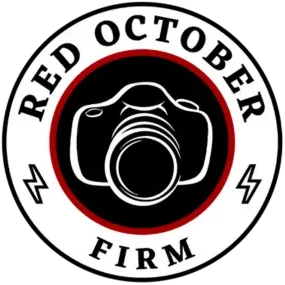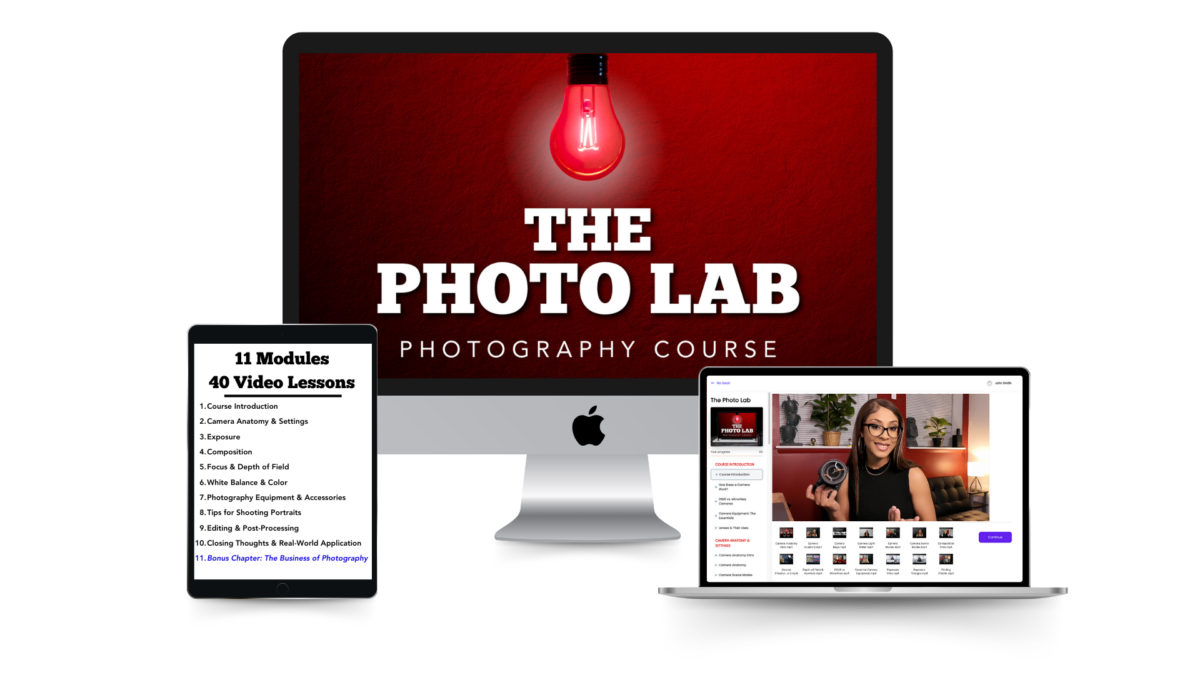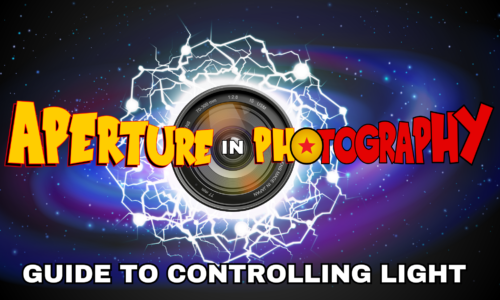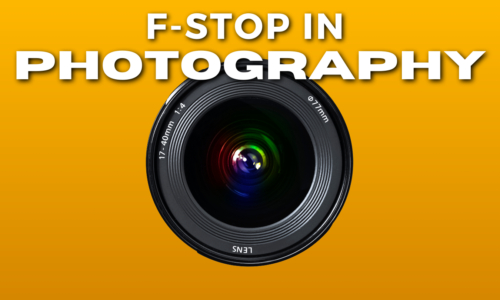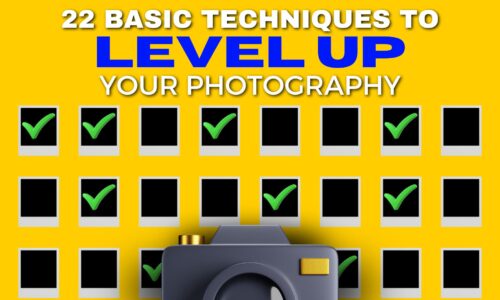Instantly Take Better Photos Like The Pros (No Fancy Gear Needed)
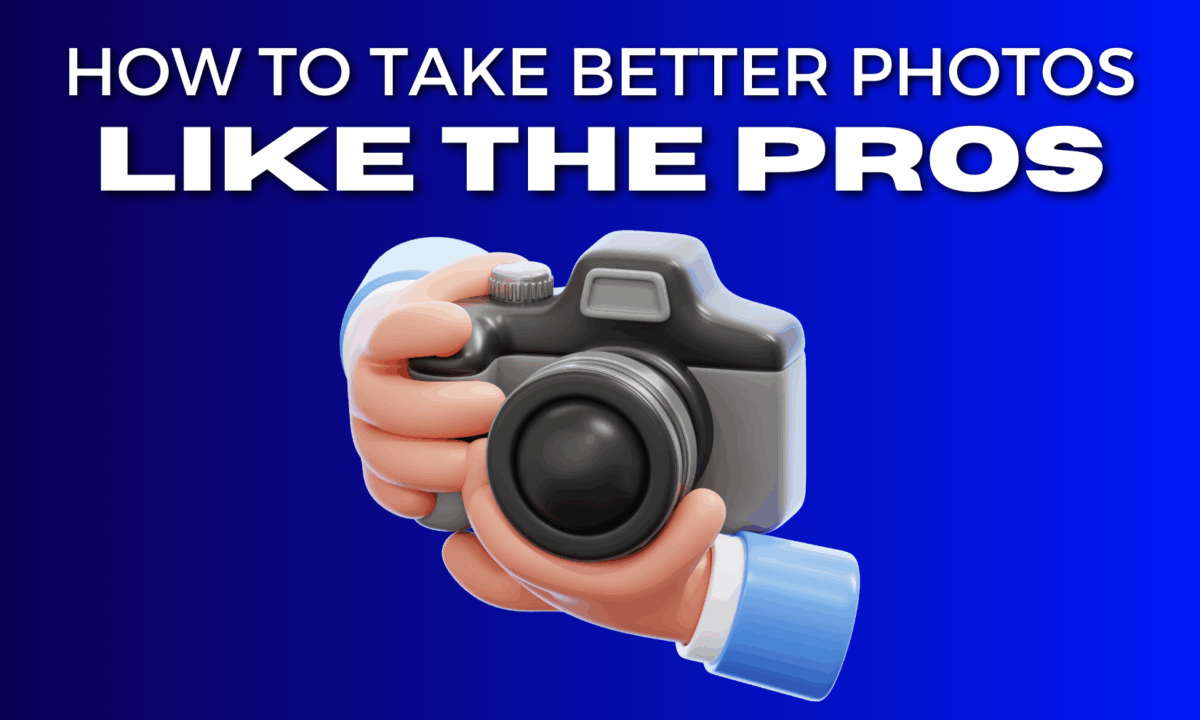
Whether you’re behind the camera full-time or just trying to sharpen your skills, there’s a clear difference between “nice pics” and professional-looking photos.
EVEN on an iPhone!
It’s not always about the gear. It’s how you use what you have intentionally and consistently.
These tips go beyond the beginner stuff and straight into the mindset and methods pros use to create strong, impactful images every time they shoot.
1. To Take Better Photos, Don’t Chase Light. Shape It.
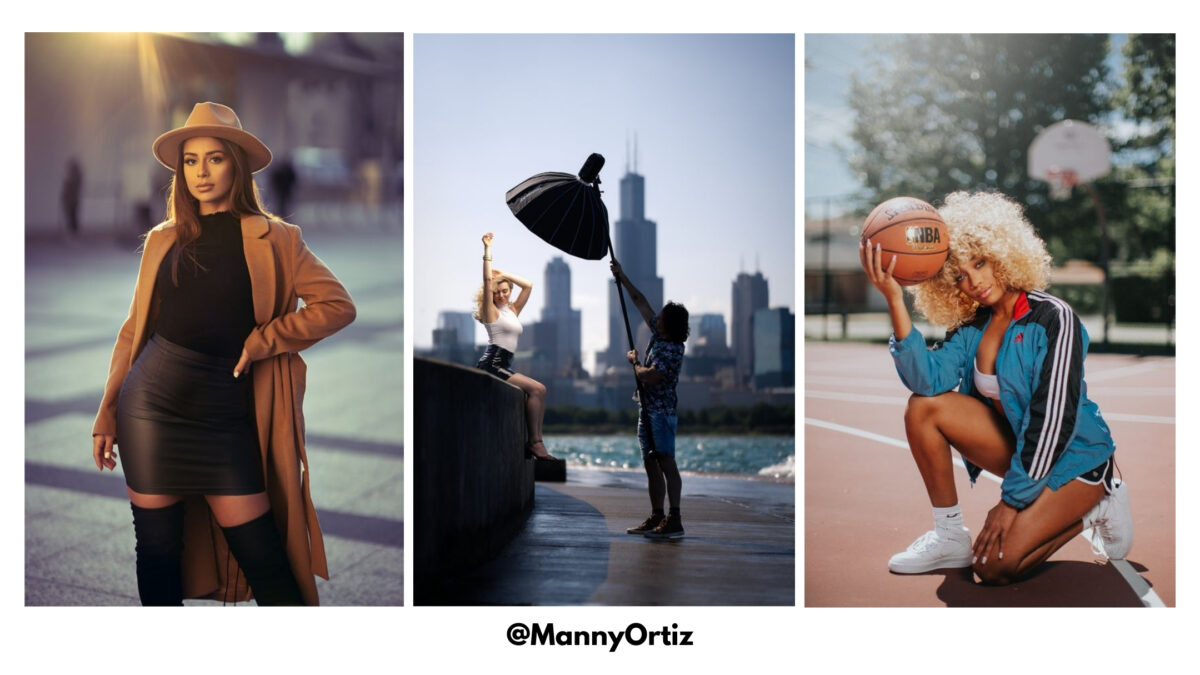
You’ve heard “shoot during golden hour” a thousand times. But what really separates a professional image from a regular one is knowing how to shape the light—anytime, anywhere.
Start by understanding direction. Ask yourself:
- Where’s the light coming from?
- Is it soft or harsh?
- How is it falling on your subject?
Use modifiers: reflectors, diffusers, bounce boards—even a white foam board from Dollar Tree can make a huge difference.
If you’re indoors, bounce your flash off a wall or ceiling. Don’t just settle for what’s available—control it.
2. Watch What’s in the Frame (Not Just Your Subject)
Beginner photographers focus on the person or object they’re shooting. Pros pay attention to everything else too.
Look for:
- Distracting backgrounds (like signs, poles, trash cans)
- Leading lines that pull attention away
- Elements that complement the subject (like symmetry, texture, or repeating shapes)
Clean compositions give your photos that editorial look—even when the setup is simple.
If you’re someone who just wants to take better selfies, I know just the person for you! Her name is Sorelle and she teaches people how to take “advanced” selfies!

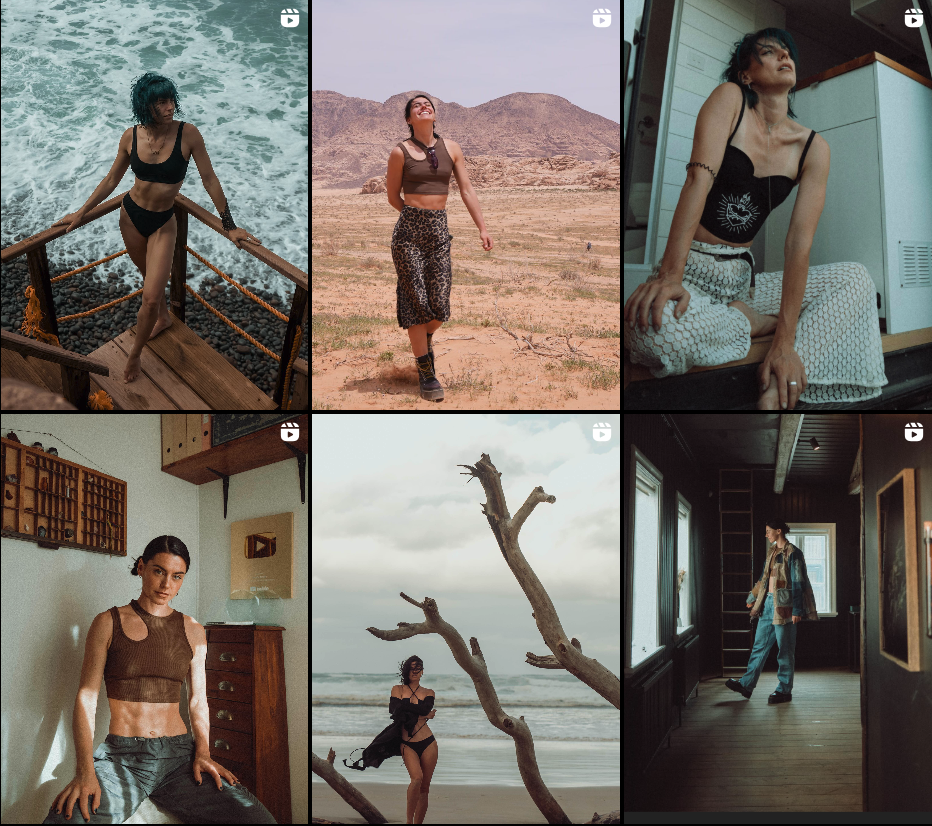
3. Nail Exposure In-Camera—Don’t Rely on Editing
Editing can polish your work, but if you’re fixing exposure, white balance, and contrast in every photo, you’re slowing yourself down and degrading image quality.
Train yourself to get exposure right in-camera. Use your histogram, not just the LCD.
Dial in your white balance manually. Understand how ISO, shutter speed, and aperture interact before you shoot.
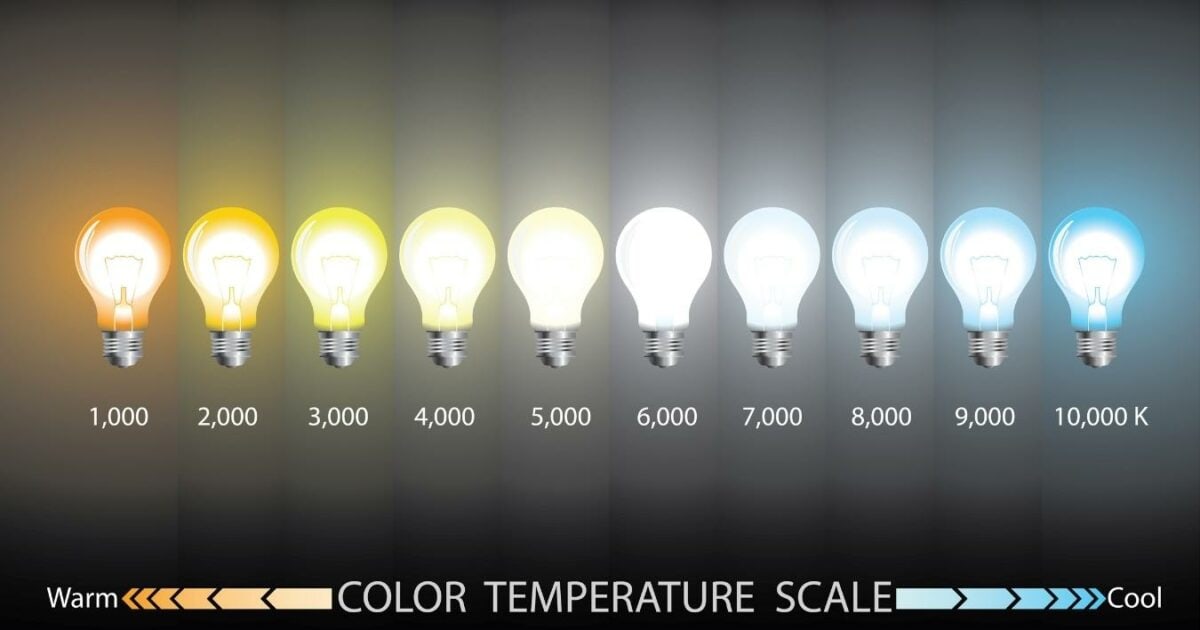
Bonus: Proper exposure = better skin tones and less noise.
4. Master the Power of Pre-Session Planning
Professional-level photography doesn’t start when the shutter clicks. It starts before the shoot.
This means:
- Creating a shot list
- Scouting or researching locations
- Understanding your client’s vibe, goals, and comfort level
- Planning wardrobe and color palettes that suit the location and lighting
The best photographers are prepared—not lucky.
A five-minute prep call can save you a frustrating session later. If you’re taking your own photos, treat yourself like the client and plan out how you’ll go about the shoot.
The better you plan, the easier it will be to shoot content in public!
Planning = confidence.
5. Learn to Guide The Pose
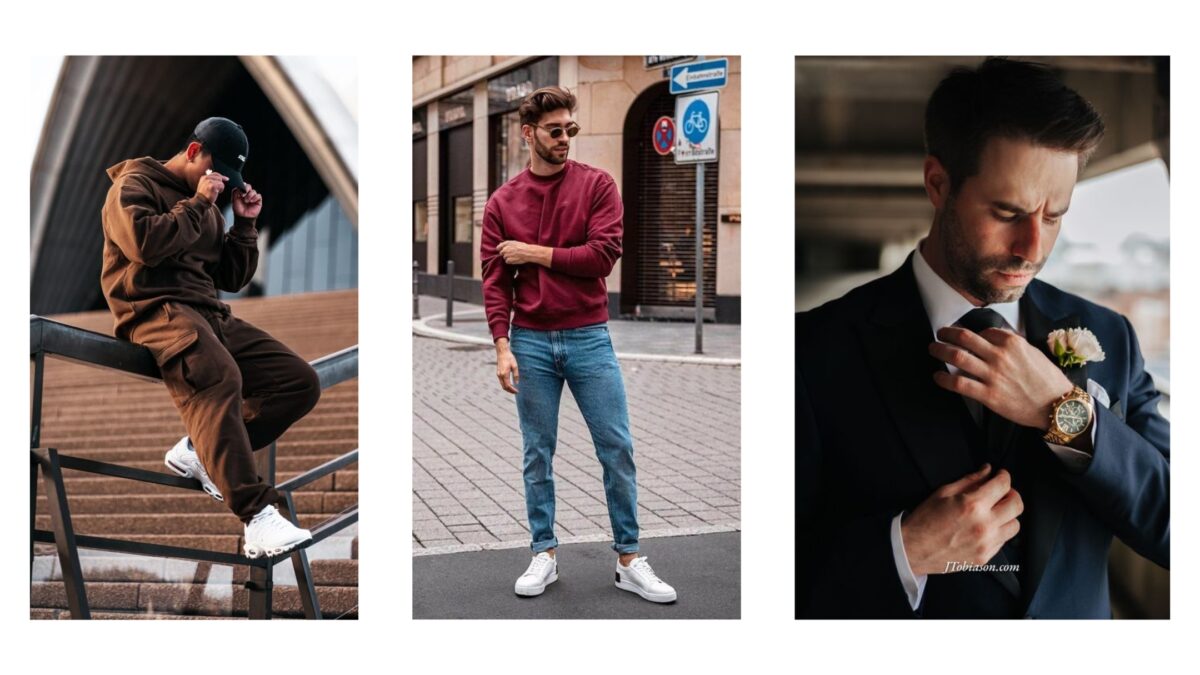
People freeze or look awkward when you tell them to pose. Professionals guide movement instead.
The better you articulate the pose you want the person to be in, the more of a professional you’ll come off as. I’ll admit, this still trips me up sometimes when I vocally direct clients into the pose I need them to be in.
But one thing I’ve noticed that helps is doing to pose with them, sometimes I’m right next to them to better explain the pose, and other times (with consent) I’ll physically shift them into the pose like a mannequin.
Here are some vocal directions you could try:
- “Turn your body slightly this way.”
- “Look down at your shoes, now slowly bring your eyes back up to me.”
- “Take a deep breath in. Now exhale and relax your shoulders.”
Use words that create motion or a feeling, not stiff positioning. And always show, don’t just tell—mirror the pose if needed.
6. Build a Real Connection, Not Just Direction
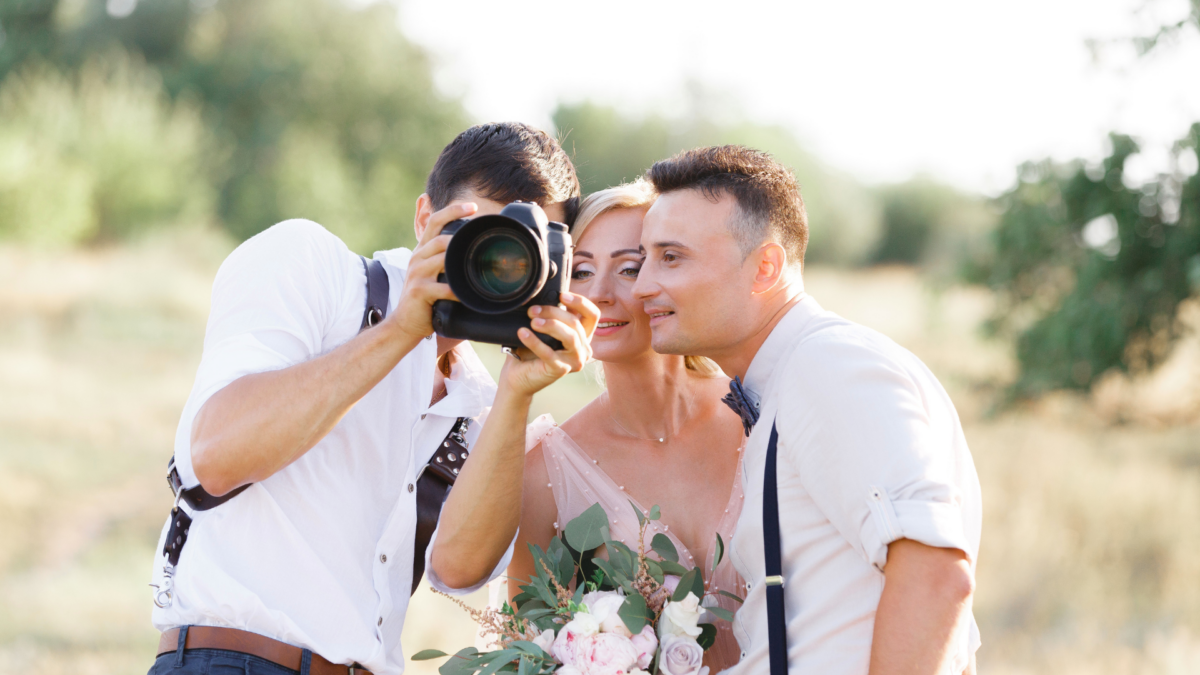
Technical skill is necessary.
But connection is what makes your photos feel like something.
Pros know how to read people. They create space for trust, vulnerability, and confidence. If you’re not talking to your subject, encouraging them, or even laughing with them, your photos will show that disconnect.
Confidence in your direction creates confidence in your subject.
7. Use Composition to Tell a Story
Go beyond center-framing everything.
Use:
- Negative space for drama
- Rule of thirds for balance
- Foreground elements to add depth
- Framing (doorways, windows, foliage) to isolate the subject
Every element in the frame should serve the story you’re telling. If it doesn’t—crop it out or shift your angle.
8. Don’t Overshoot—Outshoot.
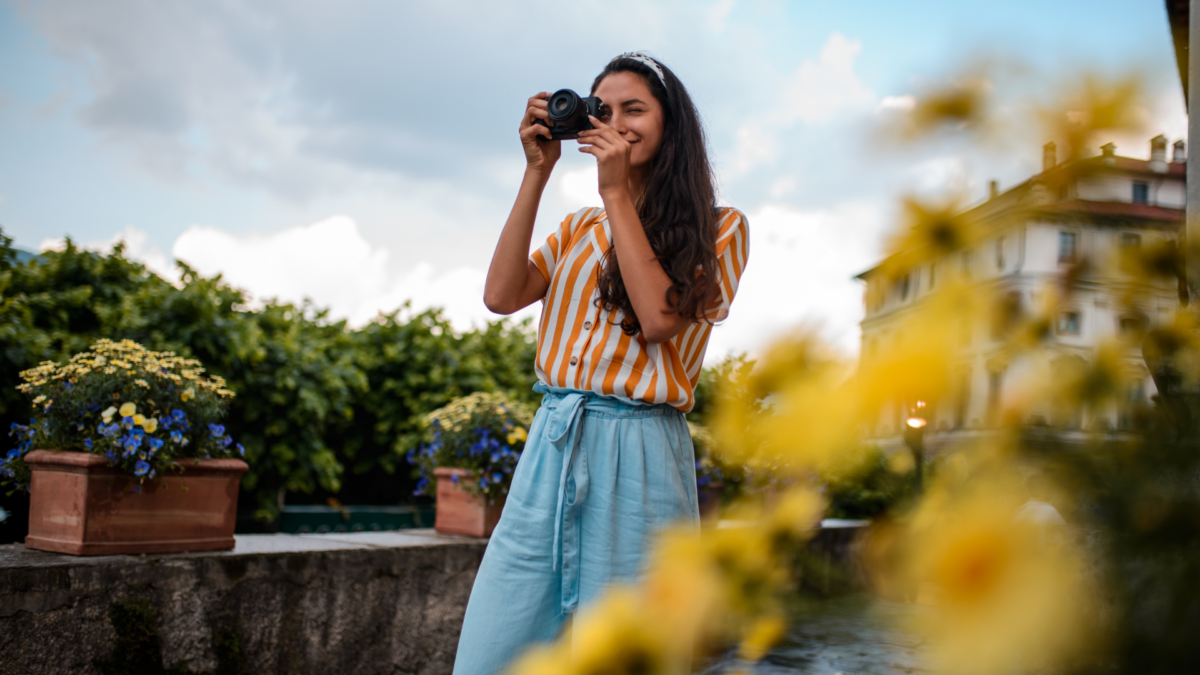
Pros don’t just hold down the shutter and hope for a hit. They wait. They compose. They anticipate moments.
Instead of spraying and praying, slow down. Be intentional. Know what you’re looking for before you shoot.
It’ll save time during culling (narrowing down on photos) and editing. And you’ll get sharper, more meaningful images.
9. Train Your Eye Daily (Even Without a Camera)
You don’t have to shoot daily to improve. But you do need to see like a photographer daily.
Pay attention to:
- How light hits people’s faces in different settings
- Reflections and shadow patterns
- How colors work together in the real world
- Natural posing in public places
Scroll less for inspiration and observe more in real life. That’s how you develop your own visual style.
10. It’s About The Experience, Not Just The Photo
The best photographers create and capture great experiences. From how they communicate, to how they deliver final products, everything feels thoughtful.
This could mean:
- Personalized emails before and after the shoot
- A surprise print added to the gallery delivery
- Styling tips or mood boards
- Clear, professional turnaround time
Great photos get shared. Great experiences get referrals.
My Final Thoughts
Professional-looking photography isn’t just about better gear or editing tricks. It’s about thinking differently before you even press the shutter.
Take what you learned here, apply one tip at a time, and keep refining your process.
